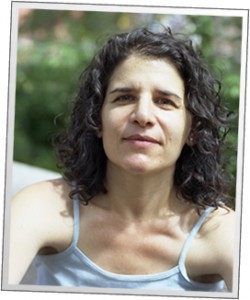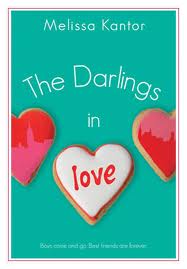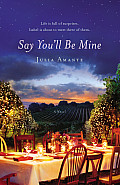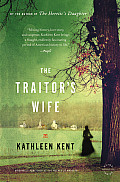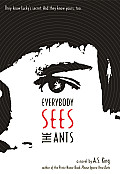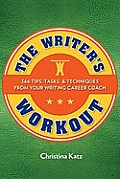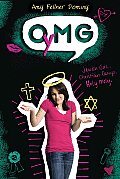Yesterday, I reviewed Melissa Kantor’s book, The Darlings in Love. Today, I’m thrilled to feature Melissa’s great essay on first kisses, both experiencing them and writing about them. Plus, Melissa is giving away two copies of The Darlings in Love to readers at Mother Daughter Book Club. com. Just leave a comment here with a memory of your first kiss or thoughts of first kisses in general and you’ll be entered to win. Comment before midnight (Pacific Standard Time) on Wednesday, January 25 to be eligible. Addresses in the U.S. and Canada only please. (Please note: the giveaway is closed. Congratulations to Caryn and Kimberly on winning.)
Why I Love to Write A first Kiss
My first kiss was such a debacle that when I blogged about it (http://melissakantorauthor.blogspot.com/2011/02/my-first-kiss-and-most-embarrassing.html), complete strangers wrote in to express their sympathy.
Luckily, though my first kiss was a train wreck, later first kisses (that is, the first kisses I had with the boys who followed that first boy) were not. In fact, when I think back on the Greatest Moments of my life, there are definitely a couple of first kisses that make the Top Ten. Unlike most other memorable experiences—including college graduation (terrifying) a wedding (expensive, stressful) and childbirth (painful/messy)—first kisses have absolutely no down side. After days, weeks, months or even years of back and forth, maybes and maybe nots, suddenly…you know. First kisses are question and answer, taking off and coming home. Time stops during a first kiss even as it races forward. You step back and (if it’s a good first kiss), you find you are grinning in spite of yourself. They are the ultimate Yes!
Sadly, if all your dreams come true and you find yourself happily married to a wonderful man, first kisses are no longer a part of your life. But given that they’re one of life’s greatest pleasures (not to mention free of charge and calories), what’s a girl to do?
It’s a conundrum I’ve resolved by living vicariously through my characters. My books are all about teenage girls, and each of these girls is someone I like and relate to. Sadly, despite my very real affection for these girls, I have to beat them up. Constantly. No sooner do I create them than I give them a crush who doesn’t like them back, parents who are getting divorced or a best friend they’re not speaking to. What we call plot is really sadism—your character wants something and you won’t let her have it.
Which is where first kisses come in. After humiliating, disappointing and generally destroying my characters, I feel I owe them something. And what could be a better reward for all she’s suffered than a perfect, spine-tingling, heart-stopping first kiss. She sees him across a stage, a dance floor, a rec room a…well, you get the idea. Their eyes lock. They cross the space that separates them. And then…sparks fly.
For them and for me, it’s a perfect moment. If you’re a mother, maybe all your first kisses are behind you. If you’re a daughter, maybe all your first kisses are ahead of you. Regardless, isn’t it nice that you can both enjoy reading first kisses as much as we writers enjoy writing them?
To read the first chapter of The Breakup Bible (it’s got a yummy first kiss in it), go to: http://www.melissakantor.com/breakupbible.html .
To tell me about your first kiss (or to read about mine), go to http://www.melissakantor.com and click on my blog.
To read the first chapter of The Darlings in Love (there’s no kiss in the first chapter, but the book’s got two), go to http://www.melissakantor.com/darlingsinlove.html.

